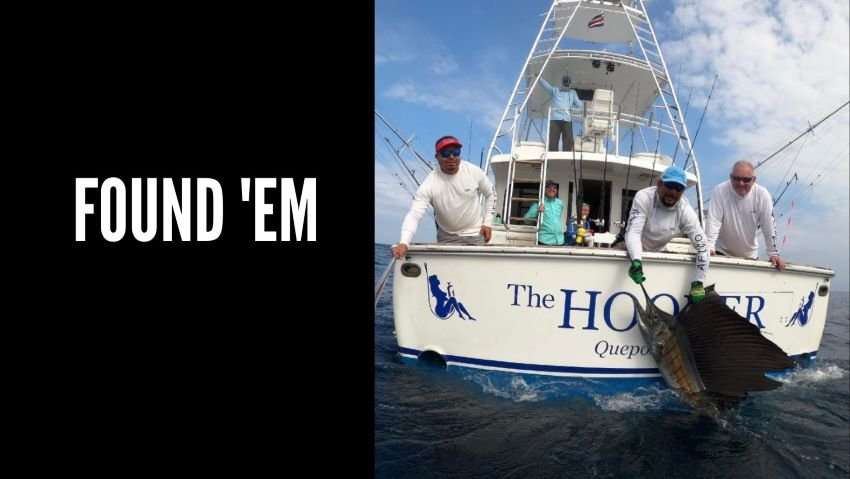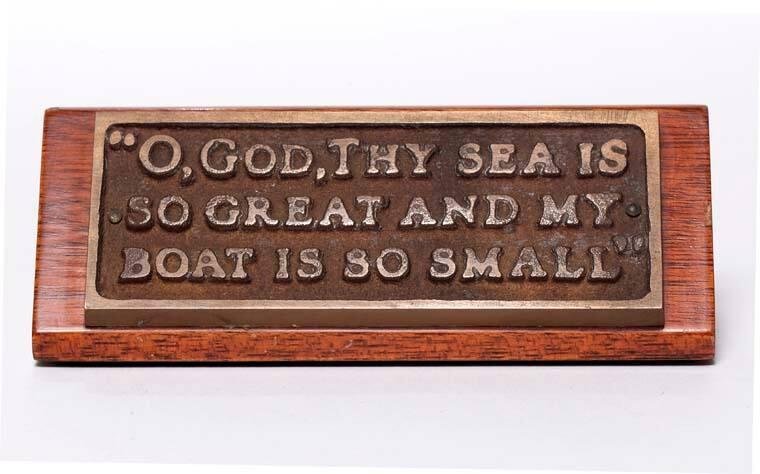David Salazar’s Sailfish Location Strategies
We’ve now logged over a dozen days on the water at Casa Vieja Lodge in Guatemala, releasing over a hundred Pacific sailfish — yet locating them remains a mystery to me. On lakes and rivers back home, structure and shoreline features narrow the search, but the Pacific Ocean is another challenge entirely. Lodge owner and veteran captain CVL owner David Salazar, who ran the legendary Poco Loco and The Hooker, has to track down and relocate schools of billfish. With the help of his fleet and decades of experience, he combines technology, teamwork, and intuition to produce world-class results. In this interview, Captain Salazar shared the sailfish location strategies that made him one of the most respected captains in Guatemala — and in the world of billfishing.
Finding Sailfish: The Needle in the Haystack
HPFC: In bass fishing, we often say that ninety percent of the fish are in ten percent of the water. Does a similar rule hold true for billfish?
Salazar: Yes, actually it does. I call it finding a needle in a haystack.
Using Satellite Tools and Blue Water to Find Sailfish
HPFC: So when you go looking for them on a daily basis, you have constantly changing conditions and a fish that can swim ridiculously fast. Do you rely on historical areas or is there a tool or tools you rely upon to narrow things down?
Salazar: The tool that we use the most is called Terrafin. It gives us a satellite shot of chlorophyll out in the ocean, so it tells you where the blue water is and where the blue water is. Blue water is what you’re looking for, so that’s where you run to.
Conditions that Affect the Sailfish Bite
HPFC: Does the location of the good blue water areas change every year?
Salazar: Every day.
HPFC: So are there areas within the range of the fleet at Casa Vieja that you’ve never fished, that you might fish at some point?
Salazar: We generally run 55 or 60 miles, that’s our limit.
HPFC: Beyond water color and temperature, does topography matter?
Salazar: We have a pocket out in front of the marina that starts about 6 miles offshore and it’s about 10 or 12 miles wide. It comes in from the continental shelf, which is about 35 miles out. It’s kind of like a canyon. We’ll either go east or west or straight out south.
HPFC: What about wind and tide? Do they play a role in your decisionmaking?
Salazar: For me, personally, the calmer the better. I don’t think the tide affects us.
Signs of Life that Lead to Sailfish
HPFC: Do you ever get to areas that have everything lining up in terms of clarity and temperature and the fish just aren’t there?
Salazar: That’s what happened today. Everything lined up and there just weren’t that many bites. The water temperature was there, the water was 84 degrees. It wasn’t as hot as we’d like it, but it was good enough and it was just a little slow. We’ve had a series of cold fronts hitting us (in January and February). We’re having a weird winter in the States and I think it’s affecting us here.
HPFC: How do you know when it’s time to pull up stakes and make a long run?
Salazar: You don’t get bit and you don’t see life. You’re always looking for life – turtles, birds, porpoises, just life in general.
How Far Offshore to Find Sailfish in Guatemala
HPFC: What’s the shortest distance you can go and still catch sailfish occasionally?
Salazar: One mile.
HPFC: How often does that occur?
Salazar: Once every three or four years – but normally this time of year (in February) we’re fishing 10 or 12 miles, inside of that pocket.
Fleet Teamwork in Guatemala’s Sailfish Fishery
HPFC: Are there certain areas or directions that produce better at certain times of year?
Salazar: January, February, March it generally blows out of the east so we generally don’t run to the east where it’s windier and not protected by the mountains. We’ll generally run to the west. The rest of the year when it’s calm it can be anywhere. Like I said, it’s like finding a needle in a haystack. That’s why I said you generally see the boats separate in the morning and then in the afternoon everybody comes back together.
HPFC: Do you predict future conditions based on current conditions? By that I mean that you see an area that’s setting up right, the fish may not be biting there now but you know that they will be in a few days.
Salazar: Absolutely. I think tomorrow and the next couple of days the places we fished today are going to be better. The water’s coming in from Mexico, it looks good, and there are some fish in there.
Captain Salazar’s 25 Years of Sailfish Experience
HPFC: How many years have you been a captain here?
Salazar: Since 1998.
HPFC: In 25 years of fishing here, have the most productive areas changed or do they more or less stay the same?
Salazar: It’s always changing
HPFC: How did they find the fish before they had the satellite tools?
Salazar: Running and communication on the radio – everybody spanning out looking and coming back. Believe it or not we’ve been using the satellite for a long time. It’s been around for a while.
Trolling Patterns and Boat Strategy for Sailfish
HPFC: Are there any other tools that you use, or do you drop waypoints on spots where you’ve gotten multiple bites to let you know where to focus your fishing?
Salazar: What we generally do, instead of dropping a GPS waypoint, is we turn – so when you see a GPS track line and you see where we turn. By the end of the day you’ll see all of those turns and that tells you a story.
HPFC: That brings me to my next question: When you stop to troll, are you typically going in a straight line, zigzagging, or running some sort of another pattern around your areas?
Salazar: We’re generally trolling to get into a certain area. For example, you get to the ledge and then you keep going straight until you get bit. Then, when you start getting bit, you start doing your turns and hopefully you get another bite. I usually give it 15 to 20 minutes. If I don’t get bit, then I move on.
HPFC: Does having multiple boats in one area help or does it slow down the bite?
Salazar: The sailfish run in packs, so you’ll notice that when one boat gets bit usually the others are getting bites, too. Once you find the needle, you have like a square mile. If you’re outside the square mile, you don’t get bit.
Stay tuned for Part Two of this interview, where Captain Salazar explains how he maximizes the sailfish bite once he knows where they are. If you’d like to experience the Guatemala sailfish fishing at Casa Vieja Lodge, email Hanna for details and learn firsthand from some of the world’s most accomplished captains.







